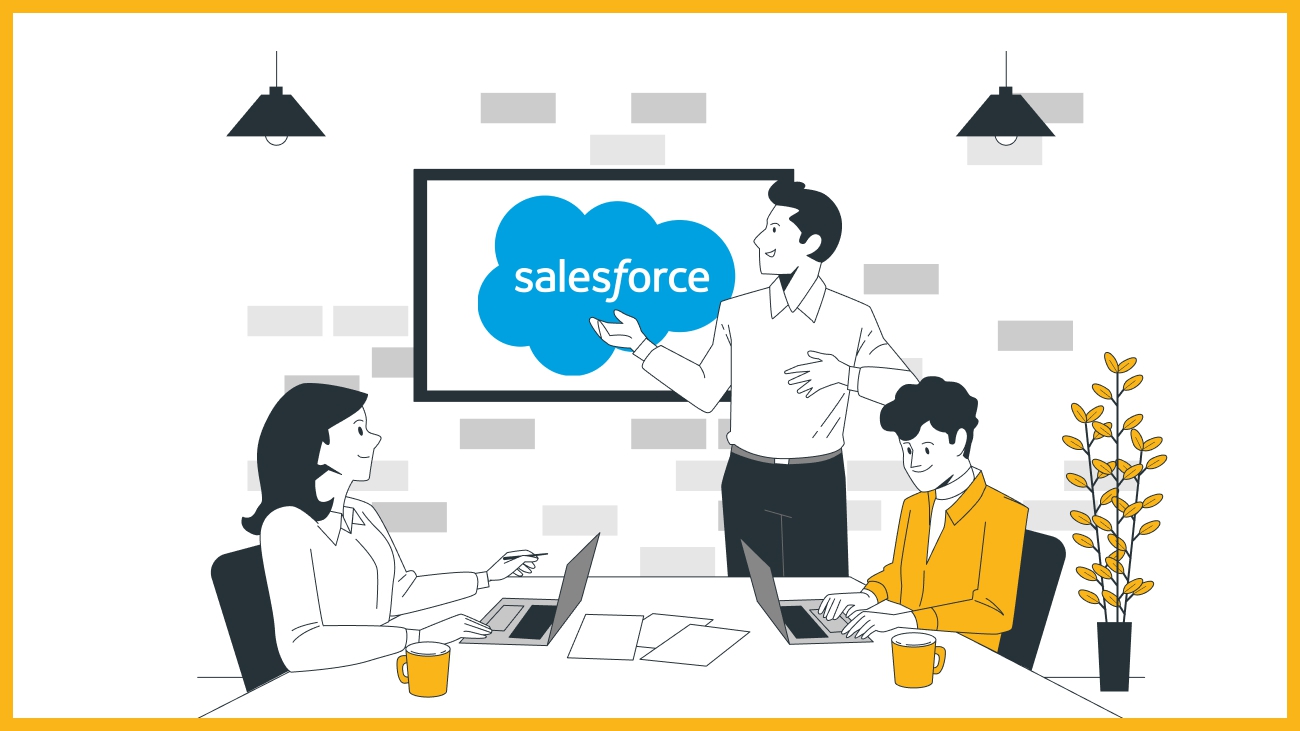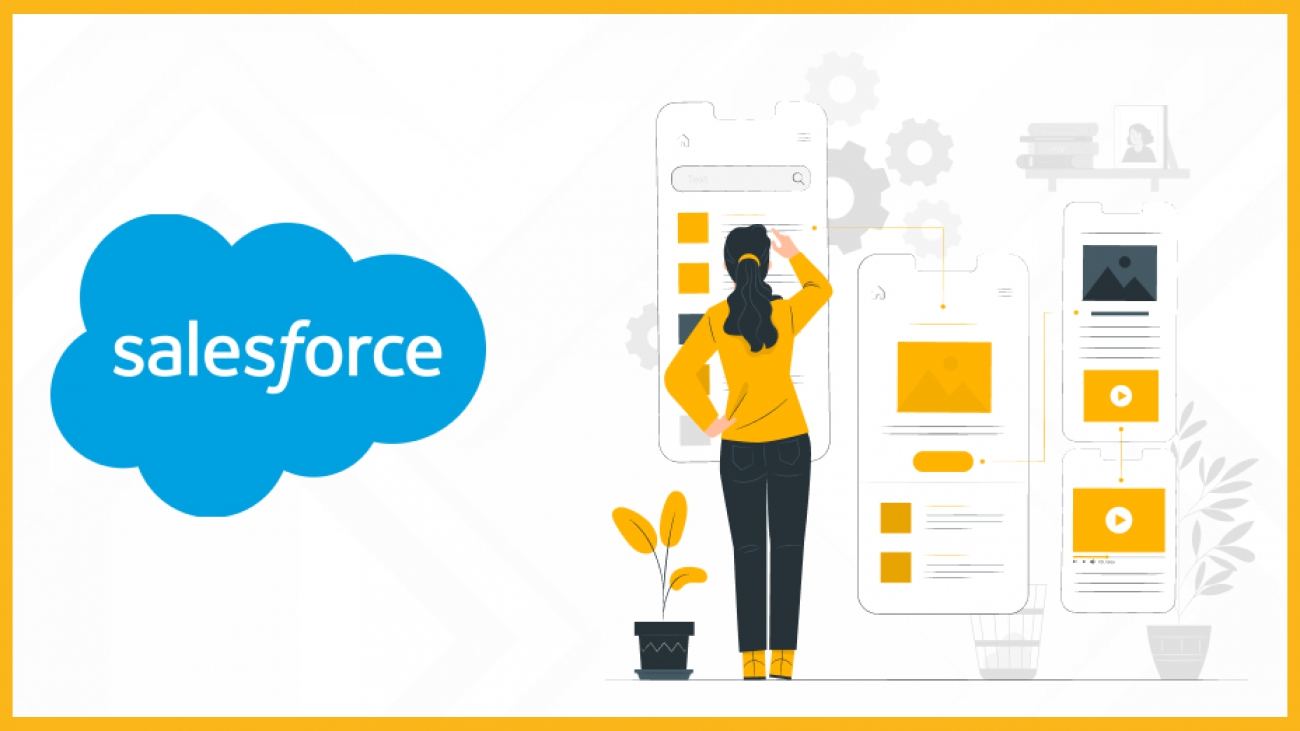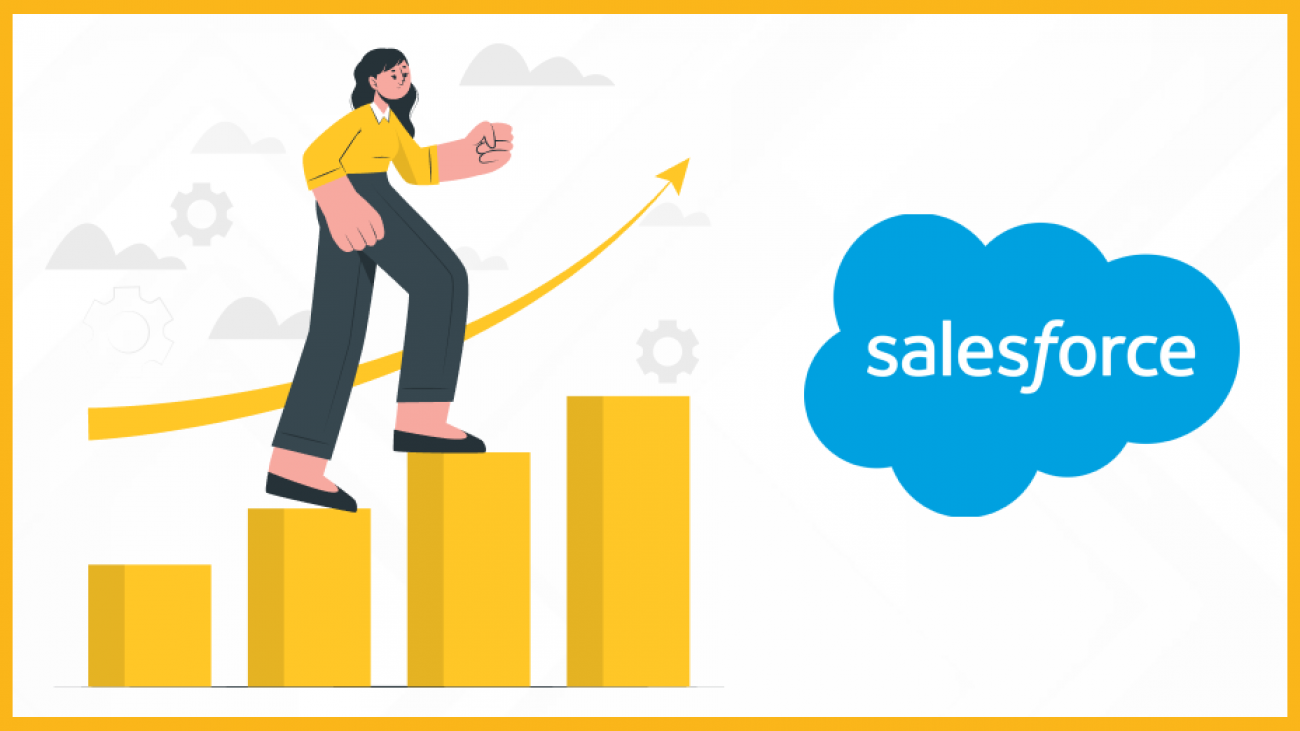Flow is an automation tool provided by Salesforce which can perform various tasks like sending an Email, Posting a chatter, Sending custom Notifications &, etc. Salesforce Flow is the most powerful automation tool available. Flow Builder is the most powerful tool available to a Salesforce Admin, offering you similar capabilities as Salesforce developers.
What are flows in Salesforce?
A flow is a Salesforce Flow component that collects data and performs actions in your Salesforce org or another system.
Salesforce Flow provides two types of flows: screen flow and auto launched flows. To automate a business process that collects data from people who use a screen flow.
Screen Flow:
You can utilize ScreenFlow to construct a custom UI (user interface) and guide users through a business process that can be launched from Lightning Pages, Experience Cloud (formerly known as Community Cloud), quick actions, and other places.
Auto launched Flow:
When Apex, Process Builder, or even REST API is invoked, it launches.
- Flows are accessible through the Setup menu—->Quick Find box
- Type ‘Flows’ and create a new Flow to get started.
There are three blocks of Flow.
- Elements
- Connectors
- Resources
Elements:
Each piece represents an action, such as presenting or collecting data from flow users, or querying, generating, updating, and removing data in Salesforce.
Connectors:
At run time, connectors decide the possible channels that a flow can take. A connector in Flow Builder appears on the canvas as an arrow pointing from one element to another.
Resources:
Resources are the individual data variables used in a Flow – these can be text strings, integers, records, equations, or collections.



